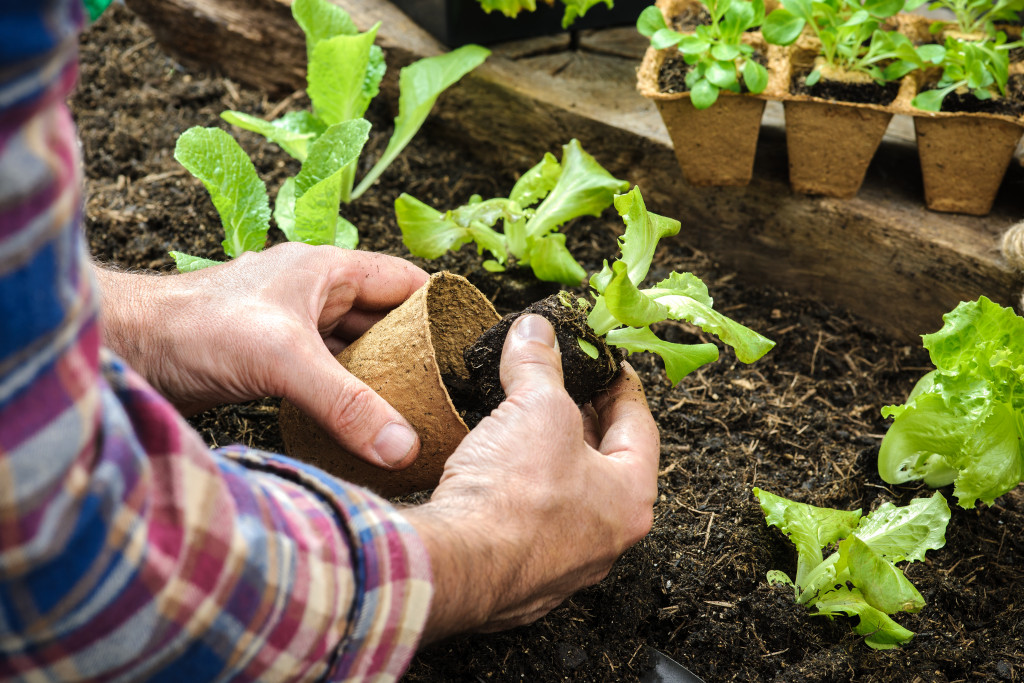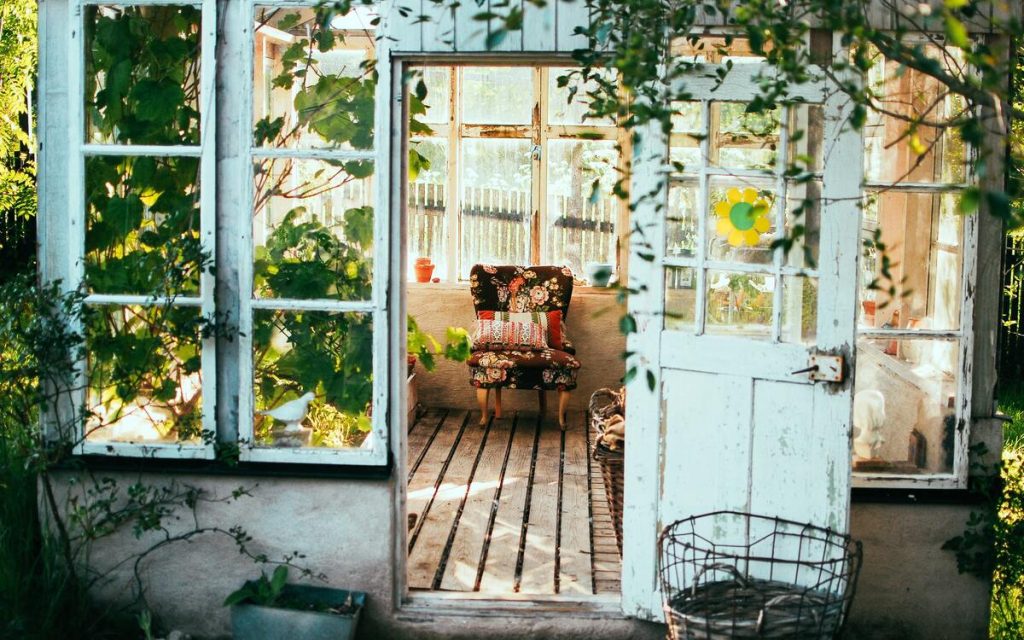In this article, we will be addressing the question: How to design a successful indoor garden. It is often difficult to find space for gardening in an urban setting. This can lead people to want to grow plants indoors.
One of the biggest challenges with growing plants indoors is that there are so many factors that need consideration before you get started. With that said, follow these 11 steps, and you will be well on your way to having a beautiful and bountiful indoor garden that thrives all year long!
1. Know Your Climate
The first step to designing a successful indoor garden is understanding the climate you live in. This will help you determine what plants will be best suited for your indoor space. If you live in an area with severe winters, it is important to choose plants that can tolerate lower temperatures. Conversely, if you live in a tropical climate, it is important to choose plants that can tolerate high temperatures and humidity.
2. Consider the Light Conditions in Your Home
The next step is to consider the light conditions in your home. Indoor gardens need bright, indirect light to thrive. If you do not have a lot of natural light in your home, you may need to supplement with artificial lighting. You can also install glass in your garden room to increase the amount of natural light that enters the space.
3. Choose the Right Soil for Your Plants
The third step is to choose the right soil for your plants. Indoor gardens need well-draining, nutrient-rich soil to thrive. You can either purchase potting mix at your local garden center or make your own. Be sure to amend your soil with organic matter before planting.

4. Choose the Right Plants for Your Indoor Garden
Once you have considered the climate and light conditions in your home, it is time to choose the right plants for your indoor garden. Some of the best plants for indoor gardens include herbs, succulents, and houseplants. Be sure to select plants that are suited for the climate and light conditions in your home.
5. Get the Proper Gardening Tools
Another important step in designing a successful indoor garden is to get the proper gardening tools. Indoor gardens require different tools than traditional outdoor gardens. Some essential gardening tools for indoor gardens include pruners, soil testers, and plant food.
6. Install a Watering System
Indoor gardens need to be watered regularly to thrive. One way to make sure your plants are getting enough water is to install a watering system. There are many types of water systems available, so be sure to choose one that best suits your needs.
7. Add Some Humidity
Another important factor to consider when growing plants indoors is humidity. Most indoor gardens need extra humidity to thrive. You can add humidity to your garden by misting your plants regularly or using a humidifier.
8. Fertilize Your Plants
Fertilizing your indoor plants is an important part of keeping them healthy and thriving. There are different types of plant food available, so be sure to choose one that is best suited for your plants. You will need to fertilize your plants at least once a month to keep them healthy.
9. Protect Your Plants from Pests
One of the biggest challenges with growing plants indoors is protecting them from pests. There are many different types of pests that can harm your plants, so it is important to be vigilant. Be sure to check your plants regularly for signs of pests and treat them promptly if you find any.
10. Prune Your Plants Regularly
Pruning your indoor plants is an important part of keeping them healthy and thriving. Pruning helps to keep the plant’s shape and size under control, and it also encourages new growth. Pruning your plants also helps to prevent pests and diseases from taking hold. Be sure to prune your plants regularly in order to keep them looking their best.
11. Deadhead Your Flowers
Another important task in caring for your indoor plants is deadheading your flowers. Deadheading is the process of removing spent blooms from your plants. This helps to encourage new growth and keeps your plants looking their best. Be sure to deadhead your flowers regularly to keep them healthy and thriving.
Designing a successful indoor garden can be a challenge, but following these 11 steps will help you create a thriving space that is perfect for your home. We hope you enjoyed this article and found it helpful. Thank you for reading!

